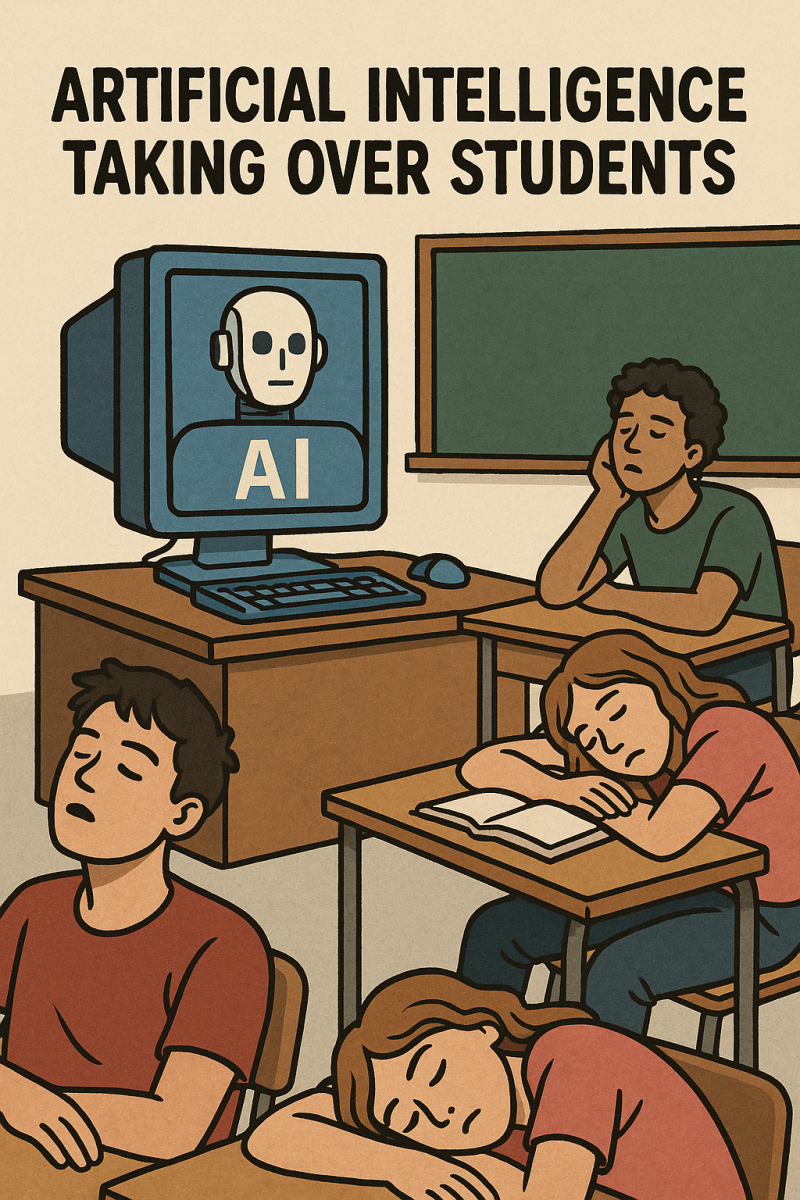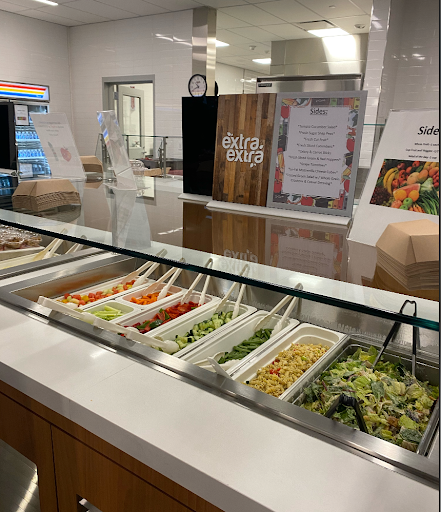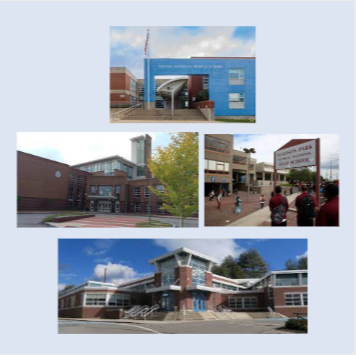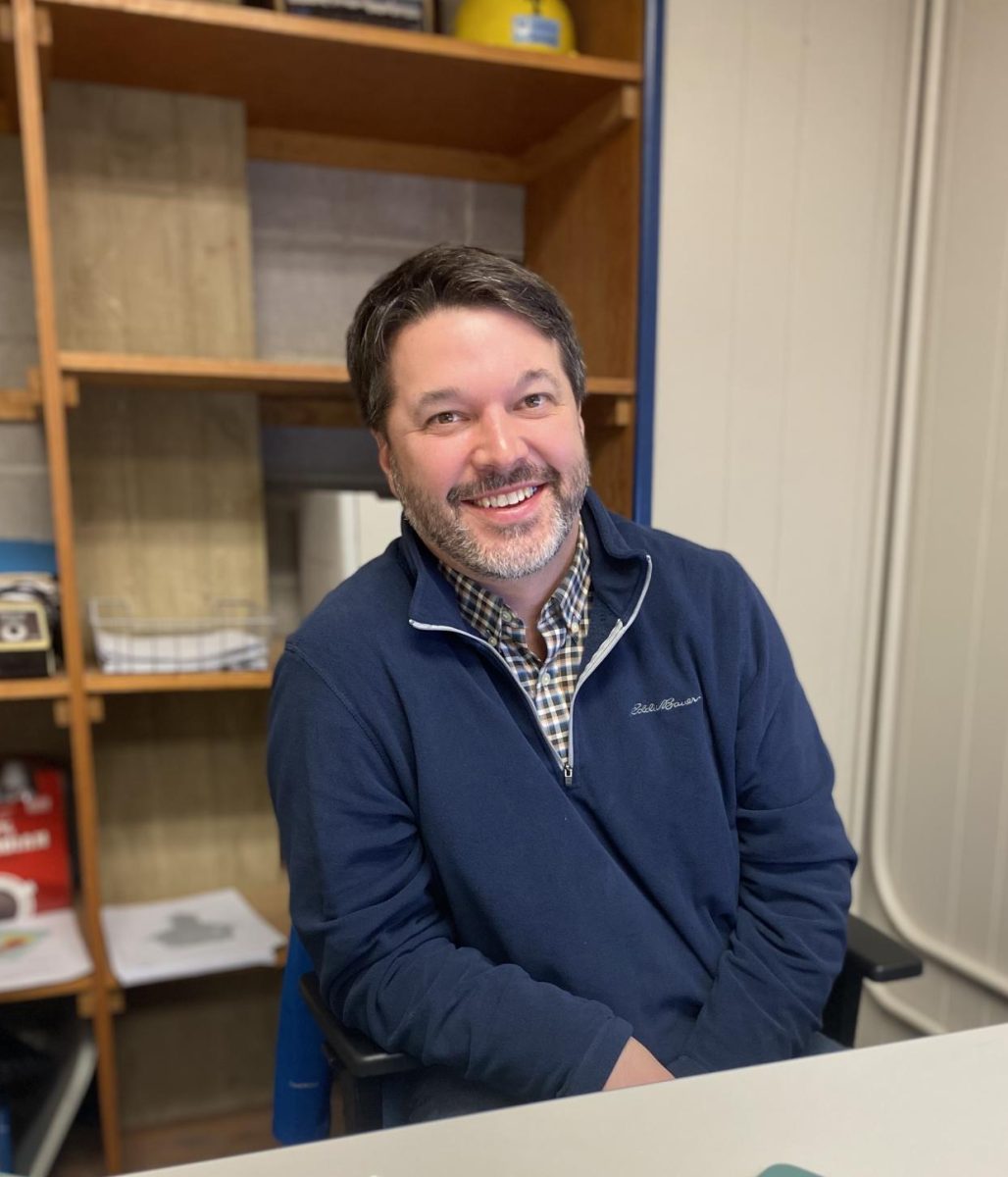The role that schools play in nurturing creativity has come under intense scrutiny in a society that values originality above conformity. As society shifts to value creativity and adaptability, it becomes more important to question if educational institutions are actually helping students reach their full creative potential or if they are hindering it.
Despite the emphasis on standardized testing and core curriculum, many argue that schools should prioritize creativity as an elemental skill. In a world where things change constantly, the ability to think outside the box, problem-solve creatively, and innovate is crucial. However, critics counter that traditional education systems often prioritize conformity over creativity, leaving students unprepared for the complexities of the modern workforce. This discussion emphasizes the need to reassess the role of schools in fostering creativity and exploring strategies to integrate more opportunities for creative expression into the educational experience.
Schools play a vital role in fostering creativity, as Triton Assistant Principal Mr. Joe Celia affirms, “DECA, Robotics, and Art club are just a few of the clubs that promote creativity.” However, budget constraints pose challenges, as Mr. Celia notes, “Our budget right now is tight-so this is something we can improve on.”
Despite this, teachers actively encourage creative thinking, pushing students outside their comfort zones, as Mr. Celia states, “Taking risks and trying to look at things through different lens often gets them to think outside the box.” Flexibility in assignments allows for creative answers, agreed Mr. Celia .” Moreover, various departments, such as drama and band, support artistic talents, according to Mr. Celia. Regarding the assessment of creativity, Mr. Celia mentions, “This would vary from teacher to teacher.” Students are empowered to initiate creative projects, exemplified by DECA competitions where, as Mr. Celia explains, “DECA students can pick what category and type of project for the competition.”
Collaboration and creative problem-solving are promoted through student-centered learning activities, according to Mr. Celia. Moreover, student interests are incorporated through “voice and choice” in assignments, as he highlights. “Teachers can offer a variety of assessments that align to a student’s learning styles-visual, auditory, kinesthetic, etc.”
Incorporating creativity into the curriculum is a fundamental aspect of arts education at Triton, as emphasized by visual arts teacher Mrs. Toni Fein. She explains, “In the arts classes, creative expression is incorporated into the curriculum via artistic practices found in the Massachusetts curriculum framework.” This involves focusing on guiding principles such as artistic intent and literacy. Mrs. Fein further elaborates on the support for creative ventures, stating, “Yes, we offer Art Club on Tuesdays.”
Teachers actively encourage students to think innovatively by posing thought-provoking questions and guiding them through their artistic processes. Flexibility in assignments allows for creative answers, and students are empowered to initiate their projects. Despite budget constraints, the school provides resources for projects, especially within the Visual and Performing Arts (VPA) department. Creativity is assessed through various criteria, including concept, creativity, composition, craftsmanship, and challenge.
“Teachers adapt lessons to cater to different creative strengths, fostering a supportive learning environment for creative expression,” according to Mrs. Fein. Students are encouraged to take risks and think innovatively through various strategies, including practicing skills, brainstorming, and exploring materials. Finally, the school celebrates and recognizes students’ creative achievements through platforms like the school newspaper, VTV, announcements, and district art shows.
In integrating creative expression into the curriculum, Mrs. Safley underscores the broadness of opportunities within theater.
“In theater, students can express creativity through acting, directing, playwriting, making sets, props, costumes, designing hair and makeup, creating a program or poster for the audience.” Extracurricular activities like fall musicals and one-act productions further provide avenues for student creativity, with Mrs. Safley noting, “Students can be involved in performing… all aspects of our shows incorporate student design and build.”
Encouraging students to think outside the box, Mrs. Safley describes a method where “Teachers… tell them what the end product is, however not always giving them steps on how to get there.” Flexibility in assignments to allow for creative answers is affirmed, with Mrs. Safley stating, “In theater, yes.” Moreover, Mrs. Safley emphasizes the school’s support for artistic talents through various platforms, similar to Mrs. Fein, she states, “Through announcements, shows, showcases, newspaper publication we encourage outside-of-school opportunities.” Assessing creativity proves challenging yet guided by national standards, as Mrs. Safely explains, “Creativity is subjective, however, creativity often comes through the choice of illustrating the skill.” Students’ initiation of creative projects or clubs is encouraged, with Mrs. Safley affirming, “Yes.” Mrs. Safleys supportive and inclusive environment for creative expression is encapsulated in her motto, “The only way to do it wrong is to not do it at all.”
The debate surrounding the role of schools in nurturing creativity remains crucial, underscored by the constant change within the landscape of the modern workforce. While education systems often prioritize traditionalism, there are clear efforts within the Triton community to integrate creative expression into the curriculum. Despite budget constraints, teachers like Mr. Celia, Mrs. Fein, and Mrs. Safley are actively encouraging students to think innovatively, offering flexibility in assignments, and encouraging students to initiate their projects.










